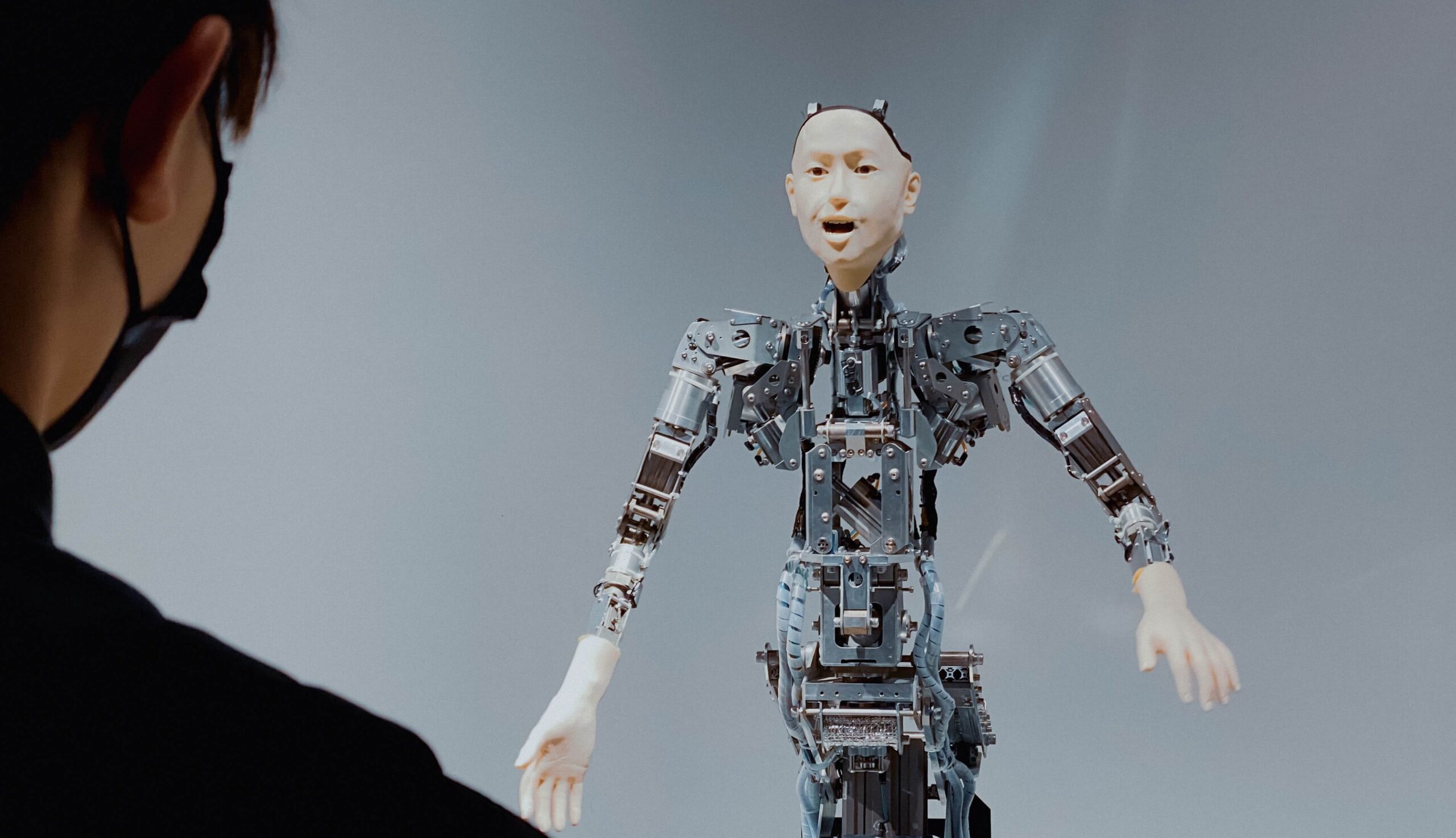Resolve Workload Conflicts When Integrating New Technology
This is one of our free-to-access content pieces. To gain access to all Ideas for Leaders content please Log In Here or if you are not already a Subscriber then Subscribe Here.

When new technology increases the workload for the less-powerful levels of the organization, local experimentation and centralized governance can help find solutions to the benefit of everyone.
While new technology is intended to make work more efficient and effective, it often helps the professionals in a company while increasing the workload and decreasing the autonomy of assistants and other administrative-level or lower-level employees.
Finding solutions to address workload issues related to new technology is hampered by three challenges:
MIT’s Katherine Kellogg studied the introduction and integration of new digital technology in the primary care department of a U.S. medical centre, which consisted of six office areas, each with a team of doctors, medical assistants, secretaries, and nurses. Between October 2012 and June 2014, she observed managers, doctors, MAs, and secretaries at work and in meetings in 400 “shadowing” sessions, conducted numerous informal interviews, and reviewed relevant documents. During this period, new digital technology was introduced, which led to a familiar situation: the technology benefited the doctors but added to the workload of the medical assistants or MAs. As a result, the MAs were no longer able to fulfil all of their previous obligations.
Based on her observation and analysis of the department’s successful response to these workload issues, Kellogg developed a collaborative process for addressing the complex workload problems that can emerge from new technology—including overcoming the psychological safety, threshold, and free-rider challenges described above.
The process rests on creating a triangle of power, which include the less-powerful actors, the more-powerful actors, and a third set of central actors who collaborate with the less-powerful actors to develop solutions, then use their authority to ensure the cooperation of the more-powerful professionals.
In the medical department, for example, the new technology was intended to help the doctors be more preventative in their practice. Specifically, the technology flagged the patients who needed vaccinations, diabetes testing or pap smears.
The new technology, however, added significant work for the MA’s. Traditionally, the principal work of the MAs involving preparing the patients for their doctor visits when they arrived (in each office, 2 to 3 MAs were responsible for 7 to 9 doctors). They were also responsible for patient follow-ups (e.g., for prescriptions), and were also frequently rotated to the department’s blood laboratory. The new technology added a layer of time-consuming pre-visit work: the MAs now reviewed the vaccinations, diabetes testing or pap smear reports for each patient, consulted with the doctors who would approve or override the reports, and led patients to get the tests as needed. Frustrated with the unreasonable and unworkable demands on their time,
MAs started to resign from the department.
The department responded by assigning a manager for each of the six offices to work with the medical assistants to find a solution. The MAs were allowed to meet separately and then present their concerns to the managers collectively, eliminating the psychological safety barrier of the past. Working together, the MAs and the managers developed a solution based on eliminating the MA responsibilities in the department’s lab.
This required doctors sending their patients to the medical centre’s lab in another part of the building, which was somewhat inconvenient for both doctors and patients. This inconvenience was mitigated by adapting the technology to incorporate the medical centre lab into the vaccination process. Nevertheless, the managers needed to work with newly designated doctors’ team leaders to ensure the cooperation of enough doctors to make the system work. The managers also monitored doctor participation, following up with any free-riders. (Despite some consequences for free-riders, a number of doctors refused to implement the solution.)
During the period of her study, Kellogg observed several cycles of this process: workload issues arose for non-professional staff; solutions were collaboratively developed; everyone benefitted.
To help companies adapt the lessons of her study, Kellogg developed a formal framework for addressing digital technology integration issues:
Local experimentation with digital technology. The professionals and staff of local units work with the technology, identifying problems.
Technology-focused central revision. Staff and a centralized function (in this case, the managers) who have an organization-wide perspective work on developing a solution then follow through with the professionals to ensure commitment and compliance.
Mutually beneficial role reconfiguration. The technology benefits the professionals without overloading the staff. The exodus of staff is halted.
To implement this process, organizations will want to
Local Adaptation Without Work Intensification: Experimentalist Governance of Digital Technology for Mutually Beneficial Role Reconfiguration in Organizations. Katherine C. Kellogg. Organization Science (March-April 2022)
https://pubsonline.informs.org/doi/10.1287/orsc.2021.1445
Further Relevant Resources:
Katherine Kellogg’s profile at MIT Sloan School of Management
https://mitsloan.mit.edu/faculty/directory/kate-kellogg

Ideas for Leaders is a free-to-access site. If you enjoy our content and find it valuable, please consider subscribing to our Developing Leaders Quarterly publication, this presents academic, business and consultant perspectives on leadership issues in a beautifully produced, small volume delivered to your desk four times a year.

For the less than the price of a coffee a week you can read over 650 summaries of research that cost universities over $1 billion to produce.
Use our Ideas to:
Speak to us on how else you can leverage this content to benefit your organization. info@ideasforleaders.com